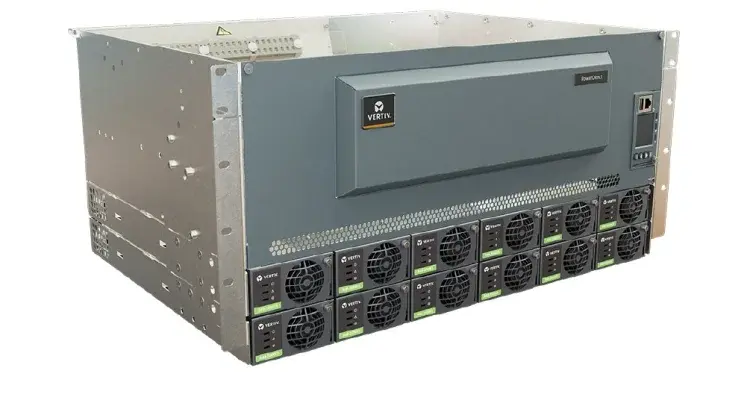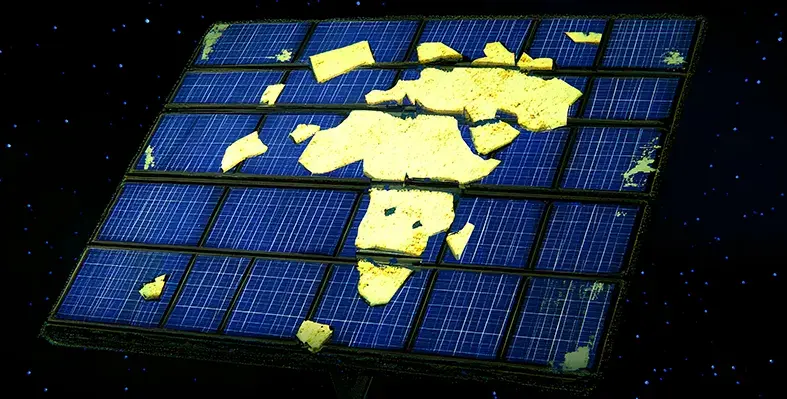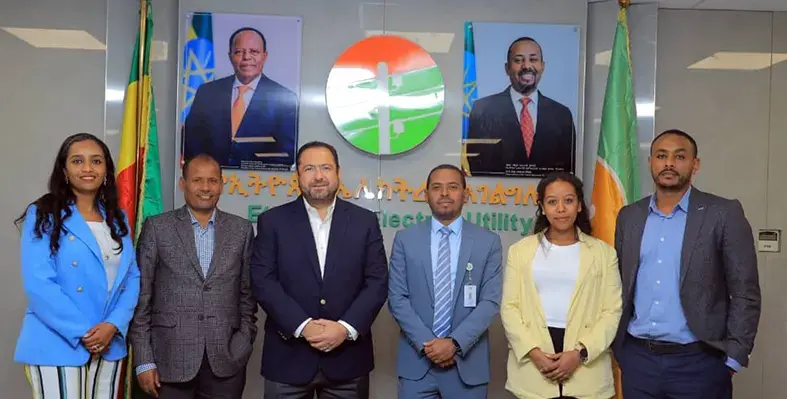Facebook, MTN GlobalConnect, Orange, stc, Telecom Egypt, Vodafone, China Mobile, and WIOCC have announced that they will partner to build 2Africa, one of the largest subsea projects in the world, connecting 23 countries in Africa, the Middle East and Europe
The parties have appointed Alcatel Submarine Networks (ASN) to build the cable in a fully funded project that will enhance connectivity across Africa and the Middle East.
At 37,000km long, 2Africa will be one of the world’s largest subsea cable projects and will interconnect Europe, the Middle East, and 21 landings in 16 countries in Africa.
The system is expected to go live in 2023/4, and with a design capacity of up to 180Tbps on major parts of the system. 2Africa will deliver Internet capacity and reliability across large parts of Africa, supplement the fast-growing capacity demand in the Middle East and underpin the further growth of 4G, 5G, and fixed broadband access.
In countries where the 2Africa cable will land, service providers will obtain capacity in carrier-neutral data centres or open-access cable landing stations on a fair and equitable basis.
The 2Africa cable has been designed to improve resilience and maximise performance, including the option of a seamless optical crossing between East Africa and Europe. The 2Africa parties and Airtel have signed an agreement with Telecom Egypt to provide a completely new crossing linking the Red Sea and the Mediterranean, the first in over a decade.
This includes new cable landing stations and deployment of next-generation fibre on two new, diverse terrestrial routes parallel to the Suez Canal from Ras Ghareb to Port Said, and a new subsea link that will provide a third path between Ras Ghareb and Suez.
The 2Africa cable will implement new technology, SDM1 from ASN, allowing deployment of up to 16 fibre pairs instead of the eight fibre pairs supported by older technologies, bringing much greater and more cost-effective capacity.
The cable will incorporate optical switching technology to enable flexible management of bandwidth. Cable burial depth has also been increased by 50 per cent compared to older systems, and cable routing will avoid locations of known subsea disturbance, all helping to ensure the highest levels of availability.






















